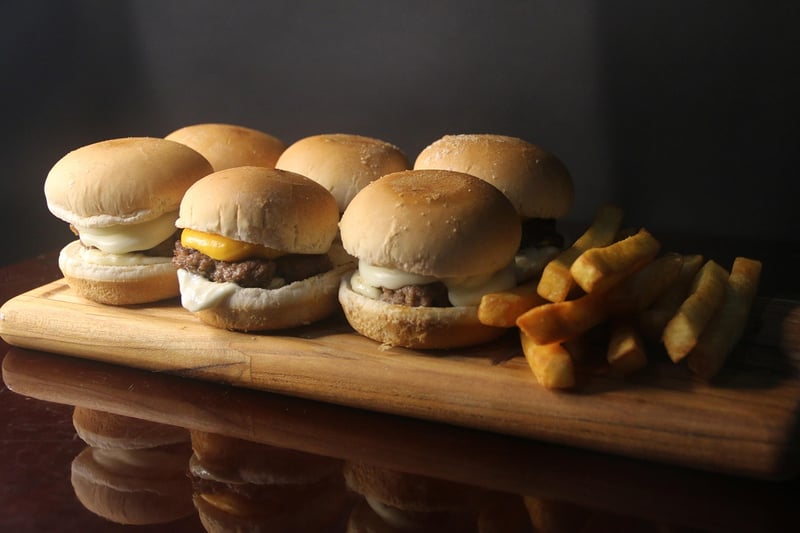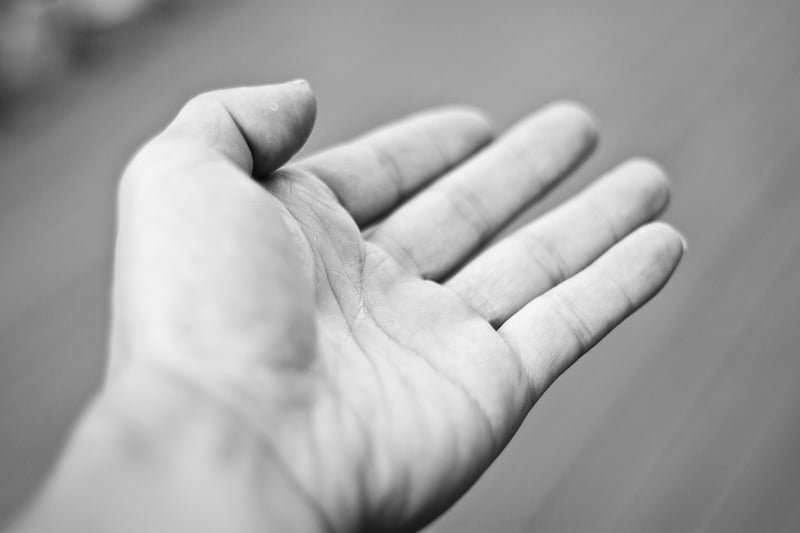Wu Style
The Art of Wu Style in Chinese Martial Arts
Chinese martial arts, also known as Kung Fu, are a rich tradition of combat practices that have been passed down through generations. One of the prominent styles within Chinese martial arts is Wu Style, known for its intricate movements and focus on internal energy cultivation.
History of Wu Style
Wu Style is named after its founder, Quan You, who developed this unique martial art in the mid-19th century in China. It emphasizes softness and relaxation to overcome brute strength, making it suitable for practitioners of all ages and body types.
Principles of Wu Style
Wu Style focuses on internal energy (Qi) cultivation, circular movements, and balance. Practitioners learn to harness their Qi for both self-defense and health benefits. The style incorporates graceful, flowing movements that are both beautiful to watch and highly effective in combat.
Benefits of Practicing Wu Style
- Improved physical health
- Enhanced flexibility and strength
- Increased mental clarity and focus
- Stress relief and relaxation
- Self-defense skills
Training in Wu Style
Training in Wu Style involves a combination of forms practice, partner drills, and meditation. Forms, or sequences of movements, are performed slowly and deliberately to focus on technique and energy flow. Partner drills help practitioners understand the application of techniques in a dynamic setting, while meditation promotes inner peace and mindfulness.
Find a Wu Style School Near You
If you're interested in learning Wu Style and experiencing the benefits of this traditional Chinese martial art, find a reputable school near you. Proper guidance from experienced instructors is essential to mastering the art and reaping its full rewards.
Begin your journey into the world of Wu Style today and unlock the secrets of internal energy and martial prowess!

For more information on Wu Style and Chinese martial arts, visit Wu Style Tai Chi Chuan - Wikipedia.
